The nun study positive psychology
What is The Nun Study of Positive Psychology ?
Home »Positive Psychology»What is The Nun Study of Positive Psychology ?
Posted onAuthorBalaji NiwlikarLeave a comment
The Nun Study was conducted by Danner, Snowdon, Friesen (2001) from the University of Kentucky. The study’s formal title was “Positive emotions in early life and longevity: Findings from the Nun Study.”
Contents
- 1 Living Longer Through Positive Emotions—The Nun Study.
- 1.1 What led the researchers to believe that a person’s emotional life might predict longevity?
- 2 The Nun Study.
- 3 Results:
- 4 References.
They examined the relationship between positive emotions and longevity in a sample of 180 nuns. Why did they choose nuns?
-
-
- Nuns were an ideal group for such a study because many of the factors affecting physical health were controlled or minimized.
- Nuns don’t smoke or drink excessively; they live in similar life circumstances;
- They are childless, so they have the same reproductive histories; and they eat the same bland diet.
- Nuns were an ideal group for such a study because many of the factors affecting physical health were controlled or minimized.
-
- First, prior research supports the connection between emotions and health. Negative emotions suppresses the immune system and other aspects of physiological functioning. Thereby, increase the risk of disease. Positive emotions seem to enhance these same processes and thus reduce the risk of disease.
- Emotional expressiveness, such as whether we have a positive and cheerful outlook or a negative and more guarded outlook, tends to be fairly consistent over a person’s lifetime, from childhood through adulthood.
- Finally. temperament is known to influence how well a person copes with the stress and challenges of life.
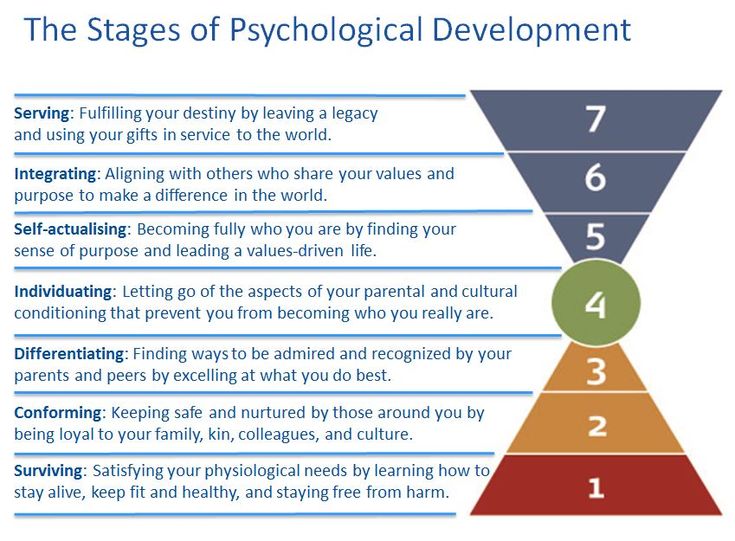 People with cheerful temperaments and positive outlooks fare better than those with less cheerful and more negative outlooks.
People with cheerful temperaments and positive outlooks fare better than those with less cheerful and more negative outlooks.
Longevity may be related to a variety of factors including heredity, gender, socioeconomic status, nutrition, social support, medical care, and personality and behavioral characteristics.
The Nun Study.The nuns in Danner and colleagues‘ study were asked to write a a brief 2- to 3-page autobiographical sketch as part of their religious vows. These sketches were written in the 1930s and 1940s when the sisters were about 22 years old and just beginning their careers with the church.
Then, they coded each autobiography by counting the number of positive-, negative, and neutral-emotion words and sentences that it contained. Because few of the autobiographies contained negative emotions. However, the researchers concentrated on the number of positive emotion words, positive-emotion sentences, and the number of different positive emotions expressed.
Here there are two sample portions of autobiographies-
Sister A—coded as low in positive emotion:
I was born on September 26, 1909, the eldest of seven children, five girls and two boys . . I spent My candidate year in the Motherhouse, teaching chemistry and Second Year at the Notre Dame Institute. With God’s grace, I intend to do my best for our order, for the spread of religion and for my personal sanctification.
Sister B—coded as high in positive emotion:
God started my life off well by bestowing on me a grace of inestimable value. The past year, which I spent as a candidate studying at Notre Dame College has been a very happy one. Now I look forward with eager joy to receiving the Holy Habit of Our Lady and to a life of union with Love Divine.
Results:They analyzed scores in relation to mortality and survival data for the same group of women 60 years later. The surviving nuns were between 75 and 94 years of age. Forty-two percent of the sisters had died by the time of the follow up study.
Forty-two percent of the sisters had died by the time of the follow up study.
The most cheerful nuns lived a full decade longer than the least cheerful! By age 80, some 60% of the least cheerful group had died, compared to only 25% for the most cheerful sisters.
The probability of survival to an advanced age was strongly related to the early-life expression of positive emotions. According to the results of the Nun Study, the phrase, “don’t worry, be happy” is excellent advice.
You may live longer!
References.
- Baumgardner, S. R., & Crothers, M. K. (2009). Positive Psychology: Pearson Education.
The Nun Study How one scientist and 678 sisters are helping unlock the secrets of Alzheimer's
Follow @TIME
It's the day after Easter, and the first crocus shoots have ventured tentatively above the ground at the convent on Good Counsel Hill. This is Minnesota, however; the temperature is 23F and the wind chill makes it feel far colder. Yet even though she's wearing only a skirt and sweater, Sister Ada, 91, wants to go outside. She wants to feed the pigs.
Yet even though she's wearing only a skirt and sweater, Sister Ada, 91, wants to go outside. She wants to feed the pigs.
But the pigs she and the other nuns once cared for have been gone for 30 years. Sister Ada simply can't keep that straight. In recent years, her brain, like a time machine gone awry, has been wrenching her back and forth between the present and the past, depositing her without warning into the days when she taught primary schoolchildren in Minnesota or to the years when she was a college student in St. Paul. Or to the times when she and the sisters had to feed the pigs several times a day.
Like some 4 million Americans, Sister Ada (not her real name) is suffering from Alzheimer's disease; as the years go by, she'll gradually lose her memory, her personality and finally all cognitive function. But advanced age does not automatically lead to senility. Ada's fellow nun, Sister Rosella, 89, continues to be mentally sharp and totally alert, eagerly anticipating the celebration of her 70th anniversary as a sister without the slightest sign of dementia.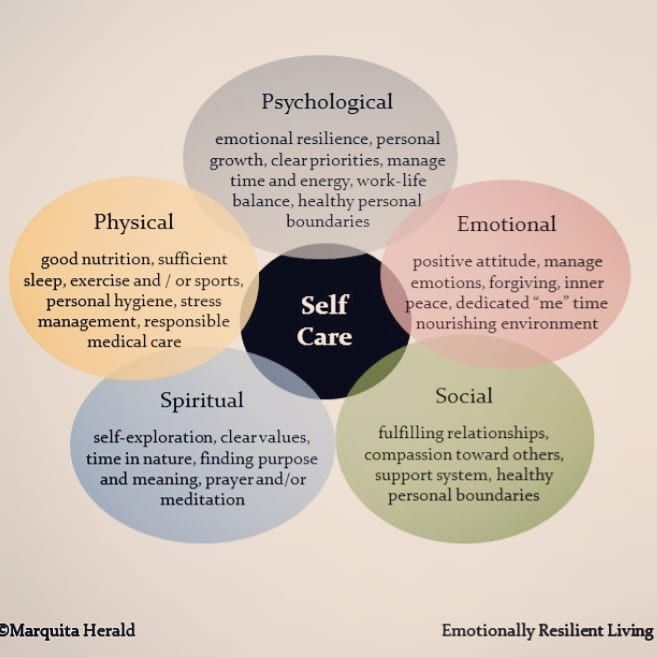 In a very real sense, this pair of retired schoolteachers haven't finished their teaching careers. Along with hundreds of other nuns in their order, the School Sisters of Notre Dame, they have joined a long-term study of Alzheimer's disease that could teach the rest of us how to escape the worst ravages of this heartbreaking illness.
In a very real sense, this pair of retired schoolteachers haven't finished their teaching careers. Along with hundreds of other nuns in their order, the School Sisters of Notre Dame, they have joined a long-term study of Alzheimer's disease that could teach the rest of us how to escape the worst ravages of this heartbreaking illness.
The groundbreaking research they are helping conduct probably won't lead directly to any new drugs, and it's unlikely to uncover a genetic or biochemical cause of Alzheimer's. Doctors know, however, that preventing disease can be a lot easier and cheaper than trying to cure it. It was by studying the differences between people who get sick and people who don't - the branch of medical science known as epidemiology - that doctors discovered the link between smoking and lung cancer, between cholesterol and heart disease, between salt and high blood pressure. Epidemiology also led to the understanding that cooked tomatoes may help protect against prostate cancer, and that fruits and vegetables tend to stave off cancers of all sorts.
Now it's Alzheimer's turn. Precious little is known about this terrible illness, which threatens to strike some 14 million Americans by 2050. Its precise cause is still largely mysterious, and effective treatments are still years away. But epidemiologists are beginning to get a handle on what kinds of people are most seriously ravaged by Alzheimer's - and, conversely, which people tend to escape relatively unscathed.
Much of this knowledge comes from a single, powerful piece of ongoing research: the aptly named Nun Study, of which Sisters Ada and Rosella are part. Since 1986, University of Kentucky scientist David Snowdon has been studying 678 School Sisters - painstakingly researching their personal and medical histories, testing them for cognitive function and even dissecting their brains after death. Over the years, as he explains in Aging with Grace (Bantam; $24.95), a moving, intensely personal account of his research that arrives in bookstores this week, Snowdon and his colleagues have teased out a series of intriguing - and quite revealing - links between lifestyle and Alzheimer's.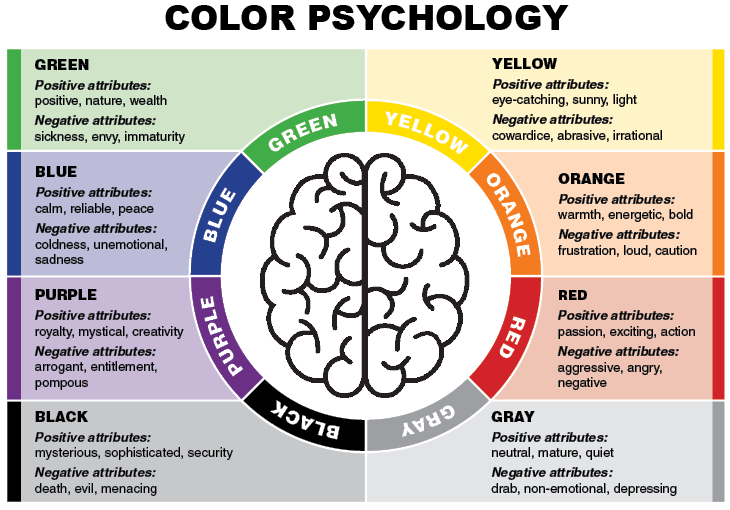
Scientists know that genes can predispose people to Alzheimer's disease. But as described in nearly three dozen scientific papers, Snowdon's study has shown, among other things, that a history of stroke and head trauma can boost your chances of coming down with debilitating symptoms of Alzheimer's later in life; and that a college education and an active intellectual life, on the other hand, may actually protect you from the effects of the disease.
Perhaps the most surprising result of the Nun Study, though, is the discovery that the way we express ourselves in language, even at an early age, can foretell how long we'll live and how vulnerable we'll be to Alzheimer's decades down the line. Indeed, Snowdon's latest finding, scheduled to be announced this week, reinforces that notion. After analyzing short autobiographies of almost 200 nuns, written when they first took holy orders, he found that the sisters who had expressed the most positive emotions in their writing as girls ended up living longest, and that those on the road to Alzheimer's expressed fewer and fewer positive emotions as their mental functions declined.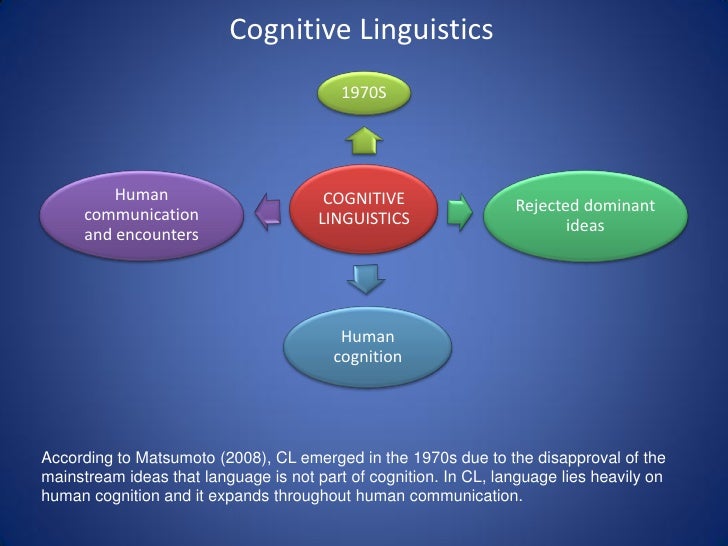
PAGE 1 | | |
PAGE | 2 | |
These findings, like many of Snowdon's earlier conclusions, will undoubtedly spark a lively debate. As laboratory scientists and clinicians are quick to point out, cause and effect are notoriously difficult to tease out of population studies like this one, and exactly what the emotion-Alzheimer's link means has yet to be established. But even hard-nosed lab scientists admit that the Nun Study has helped sharpen the focus of their research. The study has impressed the National Institutes of Health enough that it has provided $5 million in funding over the past decade and a half. "It is," says Dr. Richard Suzman, director of the National Institute on Aging, "a very innovative, pioneering study."
Snowdon wasn't out to change the world when he first began visiting the convent of the School Sisters of Notre Dame on Good Counsel Hill in Mankato, Minn. He wasn't even planning to study Alzheimer's disease. Snowdon was desperately trying to find a research project that would secure his position at the University of Minnesota. He was a young assistant professor of epidemiology at the time - a field he'd been introduced to as a young boy who raised chickens to earn money. "I learned a lot about what it takes to stay healthy from taking care of those chickens," he recalls. "That's what epidemiology is all about - the health of the whole flock."
Snowdon was desperately trying to find a research project that would secure his position at the University of Minnesota. He was a young assistant professor of epidemiology at the time - a field he'd been introduced to as a young boy who raised chickens to earn money. "I learned a lot about what it takes to stay healthy from taking care of those chickens," he recalls. "That's what epidemiology is all about - the health of the whole flock."
Chicken studies wouldn't cut it with the Minnesota administration though, so Snowdon was interested when a graduate student, an ex-nun, told him about the aging sisters at her former order, living out their retirement in a convent just two hours away. He was already familiar with the advantages of studying religious groups, whose relatively uniform backgrounds mean fewer variations in lifestyle to confound the data. An order of nuns whose economic status, health care and living conditions were especially uniform would be an excellent starting place for an epidemiological study of the aging process. So he went out for a series of visits. Both Snowdon and the sisters had to overcome inhibitions - theirs at becoming research subjects, his from a Roman Catholic school background that made him uncomfortable asking personal questions of a nun. But they finally agreed that he would quiz them periodically to learn about what factors might be involved in promoting a healthy old age.
So he went out for a series of visits. Both Snowdon and the sisters had to overcome inhibitions - theirs at becoming research subjects, his from a Roman Catholic school background that made him uncomfortable asking personal questions of a nun. But they finally agreed that he would quiz them periodically to learn about what factors might be involved in promoting a healthy old age.
At first, the study didn't look as if it would reveal much. For one thing, Snowdon wasn't really sure what aspect of aging to focus on. For another, he had to count on the nuns to recall those aspects of their lives, including the years before entering the order, that had differed - and memory, even among the mentally competent, is notoriously unreliable. But then, after several months, he stumbled on two olive-green metal file cabinets - the personal records of all the young women who had taken their vows at the Mankato convent. "Everything changed when we discovered the archives," says Snowdon.
Because the records were relatively standardized, Snowdon could extend his study of aging far beyond the few years in late life that such studies traditionally cover. Most precious of all were the autobiographies written by each sister on her entry into the order. They were full of basic information about where the sisters were born, who their parents and siblings were, and why each one decided to join the order. With these documents, moreover, Snowdon now had an objective measure of the sisters' cognitive abilities while they were still young and in their prime. An epidemiologist could not have designed a better way to evaluate them across time. "For many years," says the National Institute's Suzman, "we had an inadequate sense of how connected late-life health, function and cognition were to early life. But in the past decade, spurred by the Nun Study, there is a growing appreciation for that connectedness."
Most precious of all were the autobiographies written by each sister on her entry into the order. They were full of basic information about where the sisters were born, who their parents and siblings were, and why each one decided to join the order. With these documents, moreover, Snowdon now had an objective measure of the sisters' cognitive abilities while they were still young and in their prime. An epidemiologist could not have designed a better way to evaluate them across time. "For many years," says the National Institute's Suzman, "we had an inadequate sense of how connected late-life health, function and cognition were to early life. But in the past decade, spurred by the Nun Study, there is a growing appreciation for that connectedness."
The first results, compiled after a year of research, confirmed earlier studies suggesting that people with the most education were most independent and competent later in life (most of the sisters were teachers; many had master's degrees).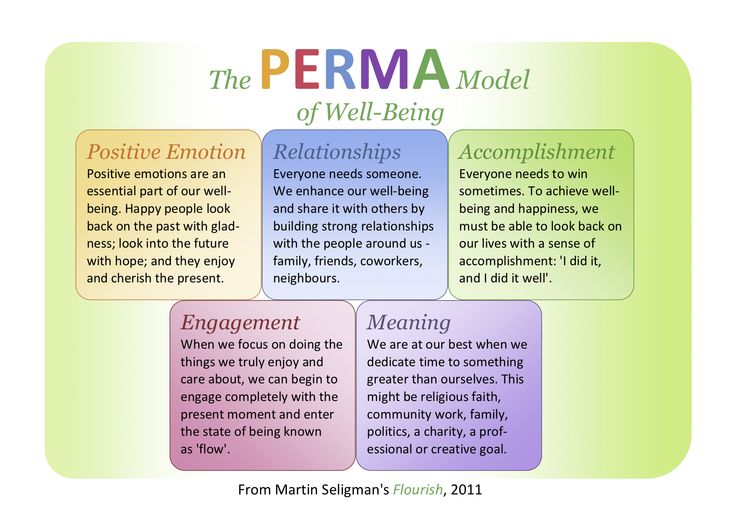 And breaking with academic tradition - but establishing one of his own - Snowdon first presented his conclusions, not through a journal or a conference but directly to the nuns. Recalls Sister Rita Schwalbe, then one of the convent's administrators: "He threw us a thank-you party, and we thought that was it."
And breaking with academic tradition - but establishing one of his own - Snowdon first presented his conclusions, not through a journal or a conference but directly to the nuns. Recalls Sister Rita Schwalbe, then one of the convent's administrators: "He threw us a thank-you party, and we thought that was it."
Not even close. Snowdon's study attracted the attention of leading Alzheimer's researchers, who explained to him that the elderly women represented an ideal population for studying this mysterious disease. On average, 10% of people over 65 come down with Alzheimer's, a number that rises to 50% by age 85. Given the aging population of the convent, they knew that a significant proportion of the nuns would have the disease.
The most serious drawback to studying the sisters for Alzheimer's is that there's only one sure way to diagnose it: examine the patient's brain after he or she dies. If he were to proceed, Snowdon would need written permission to perform autopsies, not only on the Mankato nuns but also, to get a large enough sample, on members of the order at six other Notre Dame convents as well.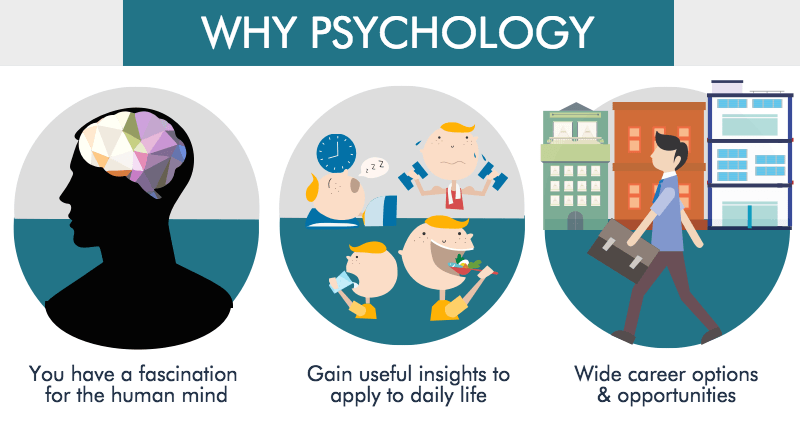 "They really had to trust us," he says. "We could have turned out to be Dr. Frankensteins for all they knew."
"They really had to trust us," he says. "We could have turned out to be Dr. Frankensteins for all they knew."
So one day in 1990, a nervous Snowdon stood in front of the assembled sisters in Mankato, many of whom he'd got to know as friends, and made his pitch. "We sat in our chairs and held our breath," recalls Sister Rita Schwalbe, who by then had joined Snowdon's research team. "Then one of the sisters piped up, 'He can have my brain, what good is it going to do me when I'm six feet under?' And that broke the ice."
In all, more than 90% of the sisters living in the Mankato convent agreed to donate their brains. After visiting six other convents, Snowdon ended up with a 68% consent rate overall, one of the highest in any tissue-donation study. "I didn't really know what it was going to be about," says Sister Nicolette, an engaging 93-year-old who is the only one of the 16 girls who took their vows in 1925 to both survive and remain mentally intact. "But I thought if science could learn something from this program, then I was glad to be a part of it.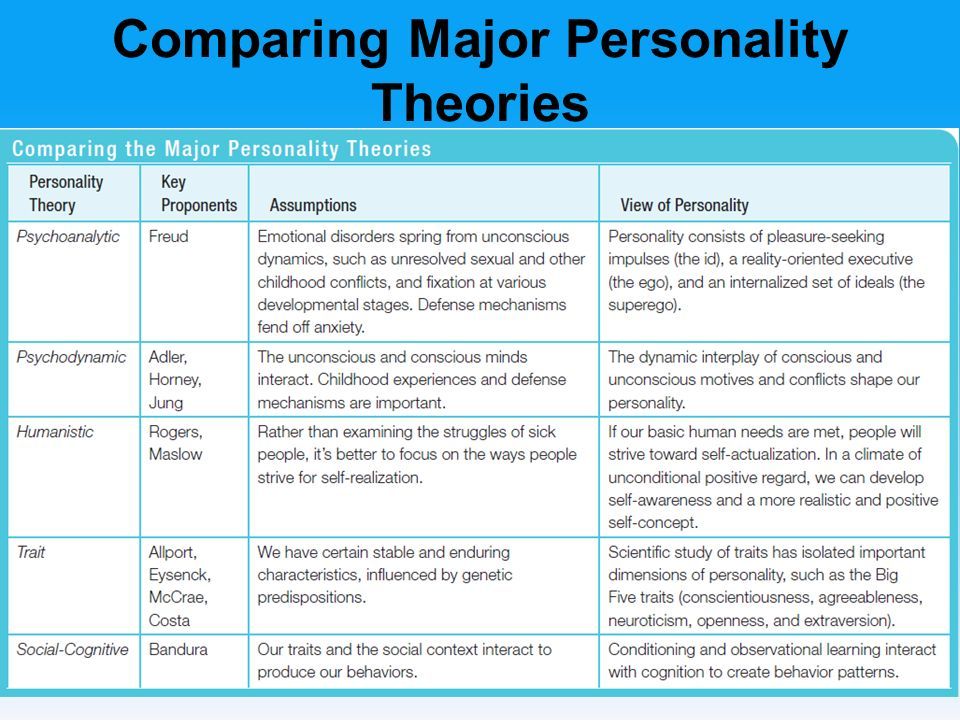 " In 1991, the first participant, a resident of Good Counsel Hill convent, died, and the Nun Study received its first brain.
" In 1991, the first participant, a resident of Good Counsel Hill convent, died, and the Nun Study received its first brain.
PAGE | 2 | |
PAGE | | 3 |
Snowdon, who had accepted a position at the University of Kentucky's Sanders-Brown Center on Aging, was working with a team of neurologists and psychologists to devise a battery of tests for assessing the sisters' mental and physical abilities - tests that could later be correlated with the results of brain exams. He joined forces with James Mortimer, an eminent researcher on aging then at the Minneapolis Veterans Administration Medical Center, to study the nuns' youthful autobiographies in more detail, and their relationship led to an interesting discovery: autopsies by other scientists had shown that the physical destruction wrought by Alzheimer's didn't inevitably lead to mental deterioration. The reason, according to one leading theory, was that some folks might have an extra reserve of mental capacity that kept them functioning despite the loss of brain tissue.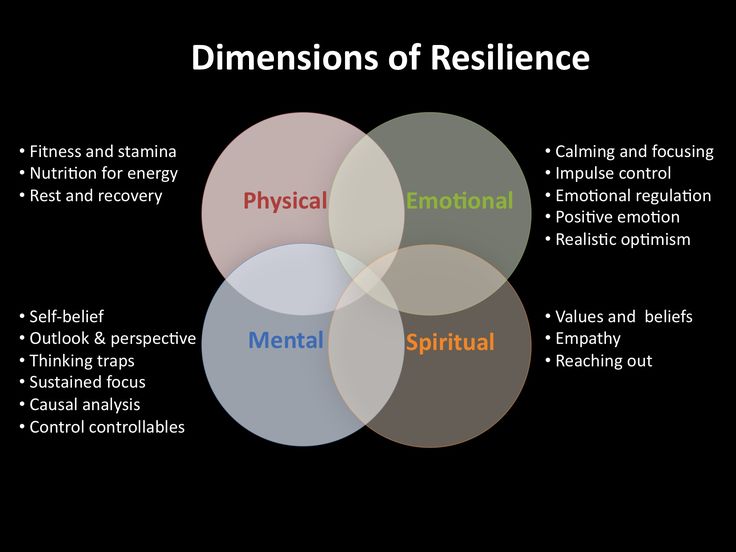
So he and Mortimer, along with University of Kansas psychologist Susan Kemper, began analyzing the autobiographies for evidence of such extra capacity. Kemper, an expert on the effects of aging on language usage, had earlier shown that "idea density" - the number of discrete ideas per 10 written words - was a good marker of educational level, vocabulary and general knowledge. Grammatical complexity, meanwhile, was an indicator of how well memory was functioning.
Applying these measures to the sisters' autobiographies, Snowdon and Kemper found to their astonishment that the elderly sisters who showed signs of Alzheimer's had consistently authored essays low in both idea density and grammatical complexity a half-century or more earlier. One of the lowest-scoring samples begins: "My father, Mr. L.M. Hallacher, was born in the city of Ross, County Cork, Ireland, and is now a sheet-metal worker in Eau Claire." By contrast, one of the highest-scoring essays conveys the same type of information but in a dramatically different way: "My father is an all-around man of trades, but his principal occupation is carpentry, which trade he had already begun before his marriage with my mother.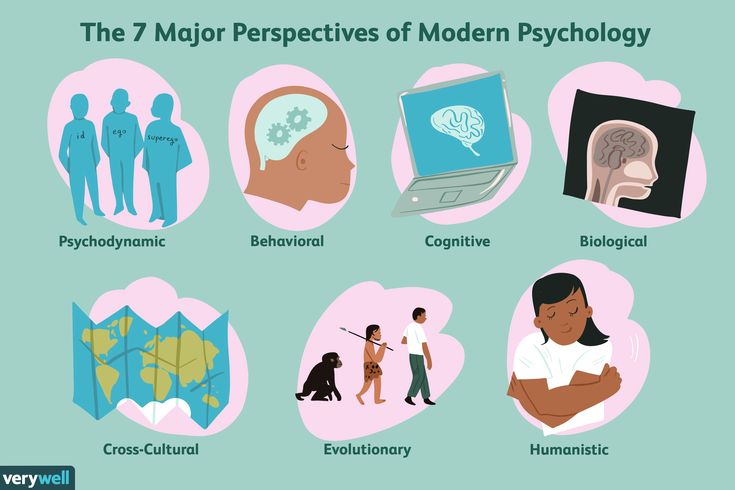 "
"
Idea density turns out to be an astonishingly powerful predictor of Alzheimer's disease - at least among the School Sisters of Notre Dame. Snowdon found by reading nuns' early writings, he could predict, with 85% to 90% accuracy, which ones would show the brain damage typical of Alzheimer's disease about 60 years later. "When we first looked at the findings," says Snowdon, "we thought, 'Oh my God, it's in the bag by the time you're in your 20s.'"
But Alzheimer's is not that simple. One especially telling case: Sister Bernadette (not her real name), who had shown no outward signs of Alzheimer's and whose youthful autobiography was rich with ideas and grammatical complexity, turned out at death to be riddled with the plaques and tangles of Alzheimer's (see diagram). Says Snowdon: "Lesson No. 1 in my epidemiology training is that there are hardly any diseases where one factor alone, even in infectious disease, will always cause illness."
These results posed a chicken-and-egg problem: Did higher brain capacity protect the sisters from developing the symptoms of dementia, or were those with lackluster biographies already suffering very early signs of some brain abnormality that predisposed them to mental decline later? That question remains unanswered - but follow-up studies, to be published next month in the journal Psychology and Aging, suggest that exercising what brain capacity you have offers some protection.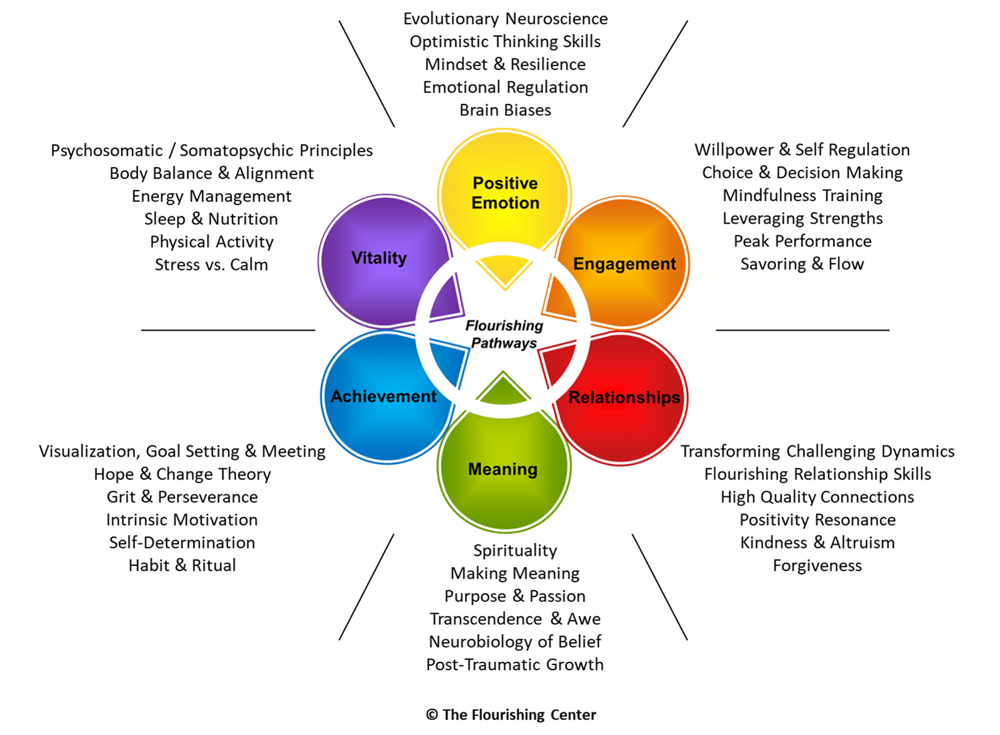 While all the sisters show age-related decline in mental function, those who had taught for most of their lives showed more moderate declines than those who had spent most of their lives in service-based tasks. And that, says Kemper, supports the commonsense idea that stimulating the brain with continuous intellectual activity keeps neurons healthy and alive. (Of course, notes Snowdon, these activities are not absolute protectors. For some, a genetic predisposition may override even a lifetime of learning and teaching.)
While all the sisters show age-related decline in mental function, those who had taught for most of their lives showed more moderate declines than those who had spent most of their lives in service-based tasks. And that, says Kemper, supports the commonsense idea that stimulating the brain with continuous intellectual activity keeps neurons healthy and alive. (Of course, notes Snowdon, these activities are not absolute protectors. For some, a genetic predisposition may override even a lifetime of learning and teaching.)
Another crucial finding from the Nun Study came in 1997, by which time Snowdon had accumulated some 100 brains for analysis. He and neurologist Dr. William Markesbery, director of the Alzheimer's Disease Research Center at the University of Kentucky, were intrigued by an idea advanced by other researchers that strokes and other brain trauma might contribute to the dementia of Alzheimer's disease. Selecting only the brains of sisters who had earned a bachelor's degree - to eliminate any differences attributable to education - they found that among nuns with physical evidence of Alzheimer's in the brain, those who had evidence of strokes as well almost inevitably showed outward symptoms of dementia.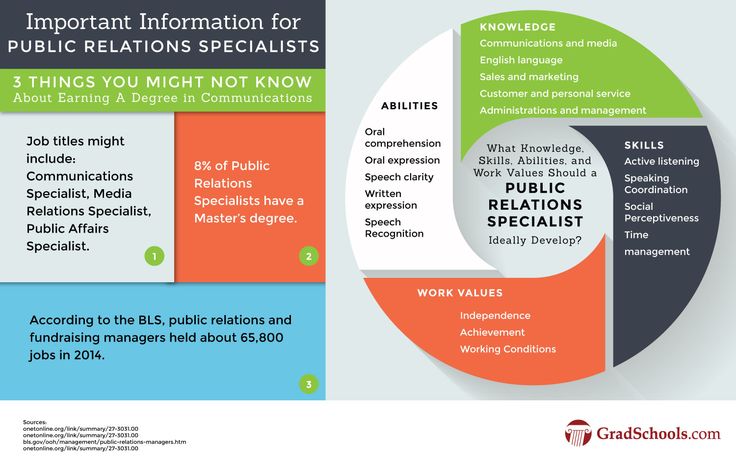 But only half the nuns without strokes were comparably afflicted. Says Suzman, of the National Institute on Aging: "This is one of the first studies to look at the cardiovascular component of Alzheimer's disease."
But only half the nuns without strokes were comparably afflicted. Says Suzman, of the National Institute on Aging: "This is one of the first studies to look at the cardiovascular component of Alzheimer's disease."
It's also one of the first to suggest a way to stave off Alzheimer's symptoms. "If your brain is already progressing toward Alzheimer's," says Snowdon, "strokes or head trauma (which can produce similar kinds of brain damage) can put you over the edge." His advice: wear a helmet while biking, motorcycling or playing contact sports; buckle your seat belt; and drive a car with air bags. Meanwhile, keep strokes at bay by keeping your cardiovascular system in shape: avoid tobacco, get regular exercise and eat a balanced, healthy diet.
Diet may play a role in Alzheimer's in other ways as well. In 1998 British researchers announced that Alzheimer's victims have low concentrations in their blood of the nutrient folate, also called folic acid. That's an intriguing result, especially in light of other studies showing that folic acid deficiency plays a role in some forms of mental retardation in children and in cognitive problems in adults. So Snowdon began looking at levels of folic acid, along with 18 other micronutrients (including beta carotene, magnesium, zinc and cholesterol) in blood samples of 30 sisters who had died since the study began.
So Snowdon began looking at levels of folic acid, along with 18 other micronutrients (including beta carotene, magnesium, zinc and cholesterol) in blood samples of 30 sisters who had died since the study began.
PAGE | | 3 |
PAGE | | | 4
Sure enough, he found that the sisters with high folate levels showed little evidence of Alzheimer's-type damage in their brain after death. This makes a certain amount of sense; folate tends to counteract the effects of homocysteine, an amino acid produced in the body that has been implicated in cardiovascular disease. Plenty of folate in the blood would thus mean less chance of stroke - and might even protect brain cells from damage by homocysteine in the brain.
Unfortunately, the other micronutrients haven't panned out so well. It makes sense that antioxidants like vitamin E and vitamin C, which soak up cell-damaging "free-radical" molecules in the body, would protect against cell destruction. Although vitamin E looked promising in an earlier study, neither substance had an obvious effect on the Notre Dame sisters. Nor, on the other side of the equation, did mercury or aluminum in the diet, both of which had been implicated in earlier studies as possible triggers for Alzheimer's.
But another hunch turned out to be far more productive. When Snowdon and Kemper first read the sisters' autobiographies in the early 1990s, they noted that the writings differed not just in the density of ideas they contained but also in their emotional content. "At the time," he says, "we saw that idea density was much more related to later cognitive ability. But we also knew that there was something interesting going on with emotions." Studies by other scientists had shown that anger and depression can play a role in heart disease, so the team decided to take another look.
This time they searched for words suggesting positive emotions (such as happiness, love, hope, gratitude and contentment), as well as negative ones (sadness, fear, confusion and shame). Snowdon found that the sisters expressing negative emotions did not live as long as the sisters conveying more positive ones. He has already begun another analysis, comparing the emotional content of the nuns' early autobiographies with the ones they penned in late life, as part of the Nun Study. As mental abilities decline, his preliminary review has found, the expression of positive emotions also drops. While he suspects the whittling away of positive feelings are a consequence of the neurological changes of Alzheimer's, it is still possible that emotional states may play a role in determining cognitive function. To find out, Snowdon will next compare the emotional content of the sisters' writings with their autopsied brains, to see if positive emotions work to keep nerve connections snapping and if negative emotions dampen and eventually extinguish them.
Snowdon found that the sisters expressing negative emotions did not live as long as the sisters conveying more positive ones. He has already begun another analysis, comparing the emotional content of the nuns' early autobiographies with the ones they penned in late life, as part of the Nun Study. As mental abilities decline, his preliminary review has found, the expression of positive emotions also drops. While he suspects the whittling away of positive feelings are a consequence of the neurological changes of Alzheimer's, it is still possible that emotional states may play a role in determining cognitive function. To find out, Snowdon will next compare the emotional content of the sisters' writings with their autopsied brains, to see if positive emotions work to keep nerve connections snapping and if negative emotions dampen and eventually extinguish them.
By now, 15 years after he first climbed Good Counsel Hill, Snowdon has identified half a dozen factors that may predict or contribute to Alzheimer's disease. He could sit each sister down right now and tell her what her chances are. But should he? As he has all along, Snowdon will put his dilemma to the sisters themselves: next month he will meet with the Notre Dame leadership to discuss whether to break the news to the high-risk nuns - and how to answer the inevitable questions about what they might do to prevent or slow down the disease.
"So far," he says, "I have a certain comfort level in making some recommendations because there are other good reasons for preventing strokes, for reading, for taking folic acid. If our findings showed something that had no other known benefit besides preventing Alzheimer's, then we would be on much thinner ice." Even so, it's not clear precisely how much folic acid to take, and Snowdon's team is divided on whether to boost the intake of vitamins C and E beyond the normal recommended doses (Markesbery says yes; Snowdon says not until we know more).
These questions will become more urgent as the population bulge of the baby boom generation reaches the Alzheimer's years - and new research is showing that those years may start earlier than anyone had thought.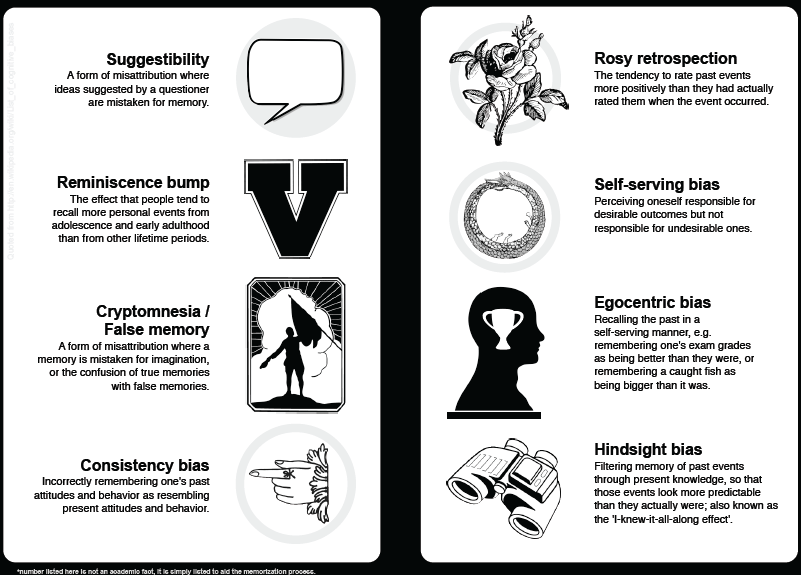 Just two months ago, scientists suggested that many cases of a condition known as mild cognitive impairment, in which patients in their 40s and 50s exhibit memory and recall problems, are very likely the first step on the way to Alzheimer's disease. If so, then it's important to start slowdown strategies as soon as possible. A cure for Alzheimer's is still the ultimate goal, but, says Snowdon, "until there is a magic bullet that can stop the plaques and tangles from growing, we're going to have to take a multipronged approach that will include things like avoiding head injuries and strokes and adding nutritional supplements like folate and antioxidants."
Just two months ago, scientists suggested that many cases of a condition known as mild cognitive impairment, in which patients in their 40s and 50s exhibit memory and recall problems, are very likely the first step on the way to Alzheimer's disease. If so, then it's important to start slowdown strategies as soon as possible. A cure for Alzheimer's is still the ultimate goal, but, says Snowdon, "until there is a magic bullet that can stop the plaques and tangles from growing, we're going to have to take a multipronged approach that will include things like avoiding head injuries and strokes and adding nutritional supplements like folate and antioxidants."
Meanwhile, the Nun Study will continue. Snowdon and his team are attempting to study the sisters' brains before they die, using mri scans to track how the brain deteriorates with age and how such changes correlate with those in speech, memory and behavior. And to ensure that the sisters' generous gift to science will continue to educate others, Snowdon is trying to have the brain bank and archive records permanently endowed. That way, future generations will continue to benefit from lessons that women like Sisters Ada, Rosella and Nicolette are teaching all of us about how to age with grace and good health.
PAGE | | | 4
90,000 "In Search of Happiness" in 20 minutes. Summary of Seligman's bookAn innumerable number of books, articles, essays, dissertations and poems have been written about happiness. Only Yandex issues 26 million responses to the query "happiness". Sociologists, astrologers, political scientists, theologians, writers, poets, musicians, rich and poor, young men and old people, men and women, have tried - and are trying - to understand this phenomenon. But a single formula has not yet been found, and an increase in the number of happy people cannot be fixed. nine0003
Psychology in the study of happiness, oddly enough, is somewhat behind. Until the last decades, this science solved "burning" problems: it fought mental illness, spiritual problems, the collapse of interpersonal relationships - it helped a person survive, not live.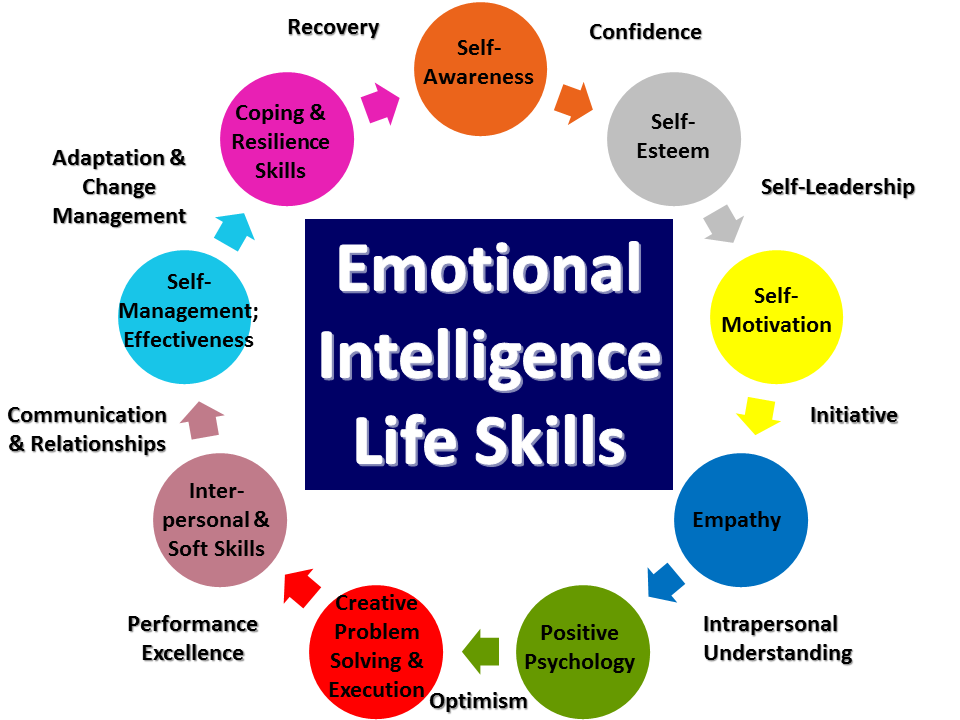
And at the end of the twentieth century there was, one might say, a psychological revolution.
Born thanks to Martin Seligman, the direction took up the positive aspects of the human psyche. In positive psychology, there are three main areas: the study of feelings, human behavior and social institutions (in all three cases, attention is paid to positive, good, useful aspects). nine0003
The new positive psychology focuses not on illness but on health, not on depression but on joy, not on suffering but on happiness. Well, happiness (in this concept) is not a genetic gift, not luck, it is available to everyone. You can learn to be happy by using your positive sides (individual virtues and virtues).
Seligman repeatedly emphasizes that he is not a supporter of academic, descriptive methods, but tries to show others how to use what he himself has understood useful. An American psychologist has created a clear and accessible methodology, the main points of which are outlined in the summary. nine0013
nine0013
1.1. Positive psychology considers untenable theories that believe that there are natural obstacles, limitations on the path to happiness: original sin, childhood complexes (according to Freud), innate guilt, etc. There are people who, regardless of circumstances, most of the time feel happy, and vice versa. You can increase your "happiness quotient" by learning to be optimistic.
1.1.1. Seligman discovered the phenomenon of “acquired (learned, learned) helplessness”, his study led to the rejection of the behavioral approach that dominated psychology, and then the scientist extrapolated the discovery to the positive sphere and wrote the world bestseller How to Learn Optimism. nine0003
During the experiments, the dogs were shocked. At first they all tried to resist, to snap, to run away. Some retained this pattern of behavior throughout the experiment. And some quickly lay down and simply whimpered in pain, not running away even when they were given such an opportunity and they were physically quite healthy.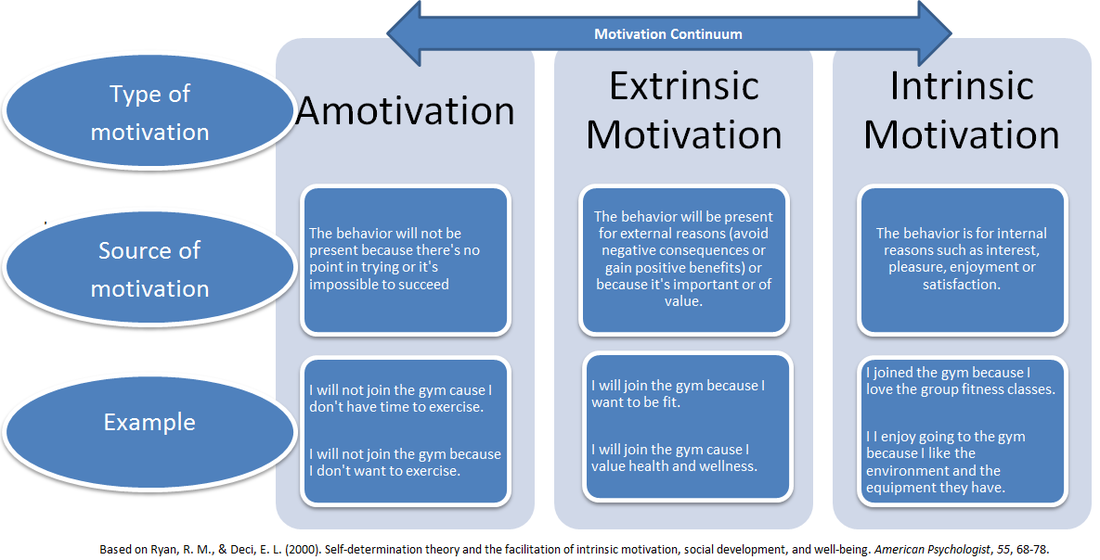 It looks a lot like humans, doesn't it?
It looks a lot like humans, doesn't it?
1.1.2. Optimism and pessimism have acquired many myths, both in everyday life and in science. Seligman and his followers conducted a huge number of experiments, tests, experiments, which led to the following conclusions:
• Cheerfulness (positive affectivity) is quite often hereditary (evidence gathered from studies of twins).
• Under the influence of positive emotions, people's intellectual abilities are aggravated (subjects who were treated to sweets before the experiment performed better tasks than the control group).
• When making important decisions, cheerful people act (oddly enough) more far-sighted and smarter than melancholic people. They are more likely to be creative and adapt to new circumstances more quickly. Pessimists are better at regular work that requires a critical approach. nine0003
• Positive emotions create a playful mood and help physical activity. Optimists have higher immunity and lower blood pressure. And of course, longer life expectancy.
In one of the American nunneries, the nuns described their lives. Psychologists analyzed all 180 autobiographies of women who led a relatively healthy lifestyle and were in approximately the same conditions. Long-livers among them were those who explicitly expressed positive emotions in their writings, enjoyed life, including small events. nine0021
• Cheerful people are more likely to be satisfied, including with their work, and this increases efficiency, labor productivity, increases the likelihood of praise from superiors, career growth and income.
• Optimists endure pain more easily and are more resilient in critical situations.
• Cheerful people are more sociable, more altruistic and responsive. A smiling person is ready to share his smile, as well as available means and time. In a gloomy mood, we are more distrustful and obsessed with our sorrows, what help is there for our neighbors. nine0003
1.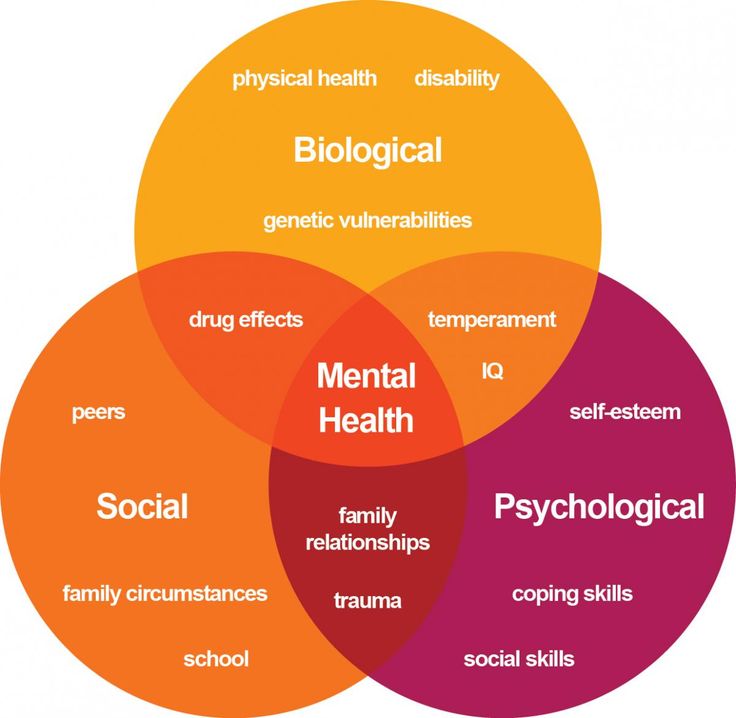 2. Happiness formula (according to Seligman):
2. Happiness formula (according to Seligman):
Happiness (steady and lasting) = Heredity + Life circumstances + Factors that depend on us.
1.2.1. Each person inherits a certain ratio of pessimism and optimism, this factor has not yet been learned to change.
1.2.2. Speaking about the circumstances of life, first of all, they usually mean material well-being. Seligman cites the results of studies (in different countries and social strata) proving that (contrary to popular belief) there is no direct relationship between money (health, age, social status) and life satisfaction. nine0003
1.2.3. In addition to external factors, there are also internal factors that determine the degree of satisfaction with life; they are the ones that can be influenced and improved. It is about the perception of the past, present and future.
1.2.4. Seligman believes that the past, especially childhood trauma, is overemphasized. You can get rid of the "ghosts of the past" with the help of gratitude and forgiveness.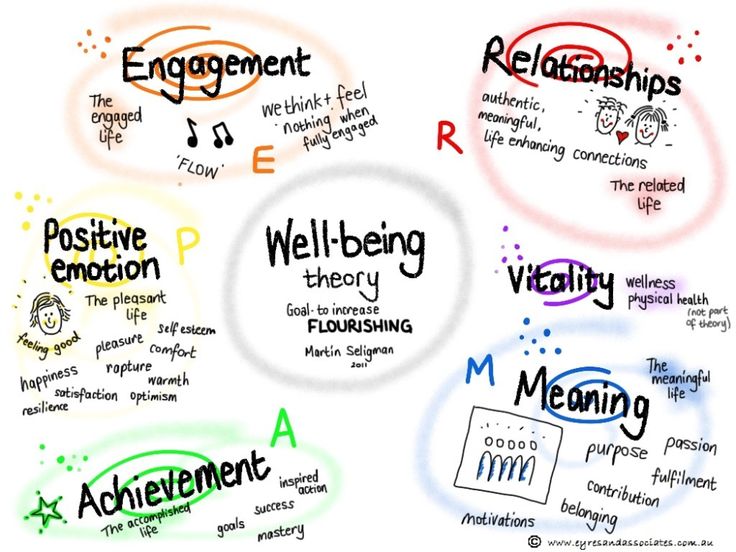
Continued on Smart Reading
Sign up for Smart Reading and get access to this and 800 more nonfiction book paraphrases. All retellings are voiced, they can be downloaded and listened to in the background. Voiceover fragment:
The first 7 days of access are free.
Quick registration
Three levels of positive psychology //Psychological newspaper
Article provided by the nominee of the National psychological competition "Golden Psyche" based on the results of 2014
Positive psychology is the branch of psychology concerned with the study of the positive aspects of human life (such as happiness, well-being, and prosperity). In a simplified version, it can be described in the words of its creator as the academic field of Martin Seligman: "the scientific study of optimal human functioning, aimed at identifying and enhancing those factors that allow individuals and communities to thrive." However, the very concept of “positive psychology” is first encountered in the work of A.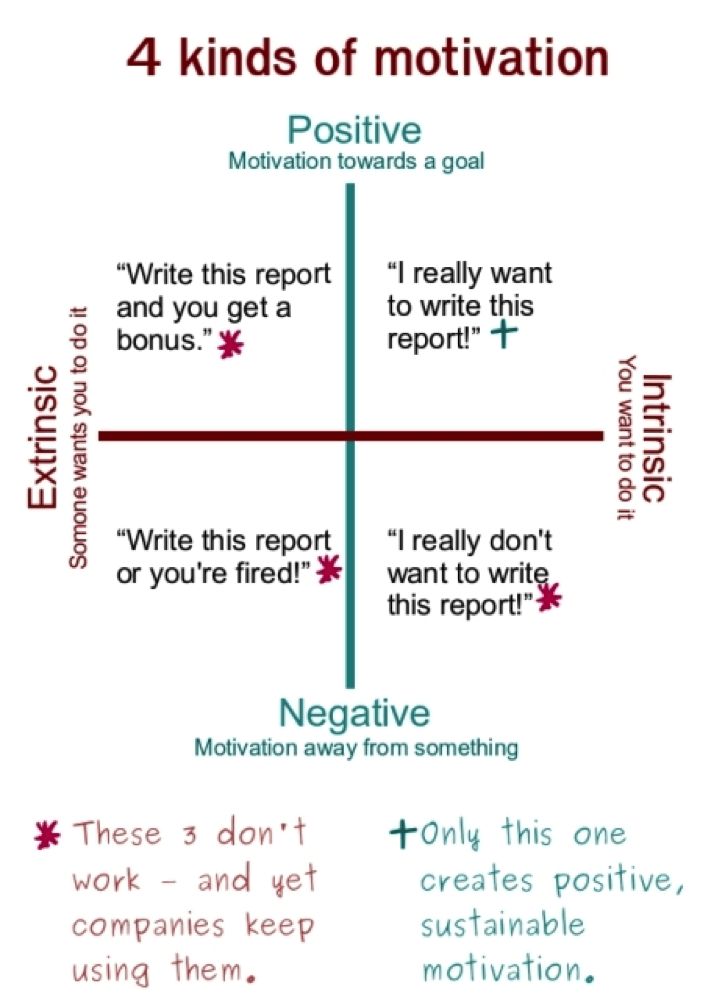 Maslow “Motivation and Personality” (1954).
Maslow “Motivation and Personality” (1954).
Psychology has always focused more on the shortcomings and weaknesses of people than on their potential. The approach under consideration focuses on the potential. His job is not to solve problems; instead, it aims to explore what makes life worth living. In a word, positive psychology is not interested in how, for example, to correct -9 to -3, but in how to bring +3 to +9.
This direction in psychology arose about ten years ago and has been developing rapidly since then. It seeks to thoroughly explore empirically areas such as well-being, flow ("flow state" - when a person is fully involved in what he does), human strengths, wisdom, creativity, mental health, and signs of positively arranged groups and institutions. . nine0003
The science of positive subjective experience, positive personalities, and positive institutions promises to improve the quality of life and prevent the pathology that increases when life is empty and meaningless.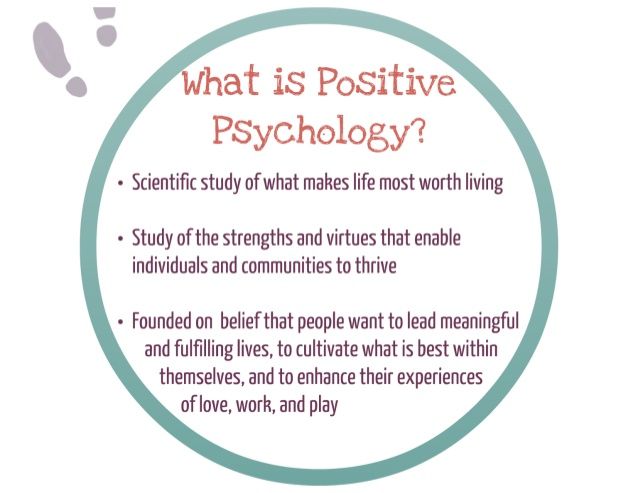 The exclusive focus on pathology that dominates our disciplines creates a model of being human without the positive characteristics that make life worth living. Hope, wisdom, creativity, foresight, courage, responsibility and resilience are ignored or explained as transformations of more authentic negative impulses. nine0003
The exclusive focus on pathology that dominates our disciplines creates a model of being human without the positive characteristics that make life worth living. Hope, wisdom, creativity, foresight, courage, responsibility and resilience are ignored or explained as transformations of more authentic negative impulses. nine0003
Positive psychology as a science works on three different levels: subjective, individual and group.
The subjective level includes the study of positive experiences such as joy, well-being, contentment, contentment, happiness, optimism, and flow. At this level, we find out what “I feel good” means and are not particularly interested in what it means to “do well” or “be a good person.” The purpose of the next level is to identify the components of a “good life” and personal qualities necessary in order to “be a good person”, through the study of the strengths and virtues of a person, his aspiration for the future, the ability to love, courage, perseverance, forgiveness, originality, wisdom , ability to interpersonal interaction and giftedness.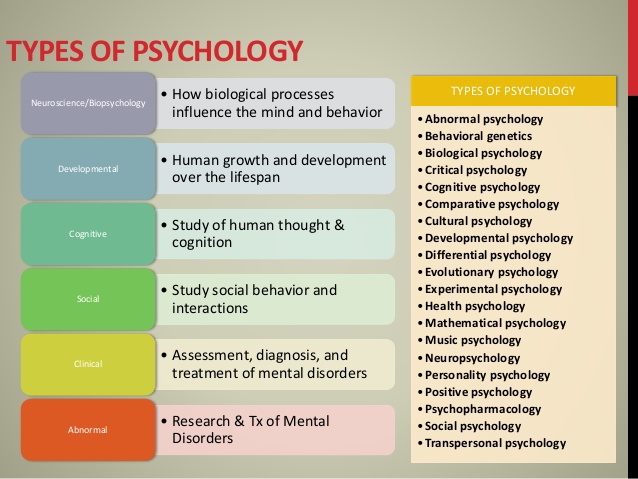 nine0003
nine0003
Finally, at the group or community level, the emphasis is on citizenship, social responsibility, care for the weak, altruism, good manners, tolerance, work ethic, positive institutions, and other factors that contribute to the development of individual communities and civil society as a whole.
Why do we need positive psychology? According to positive psychologists, classical psychology (often also referred to simply as psychology) has always been more concerned with the negative aspects of human existence. Although there were separate "islands" of interest in such topics as creativity, optimism and wisdom, they were not united by any serious theory and did not fit into the framework of any broader concept. Such a rather unfortunate state of affairs did not correspond to the intentions of the first psychologists, but arose as a result of a historical accident. Prior to World War II, psychology had three main objectives: to treat mental illness, to improve everyday life, and to identify and develop talents. However, after the war, the last two tasks were forgotten, and psychology focused mainly on the first. Why did it happen? Considering that psychology, as a science, depends on government funding, it is easy to guess where the financial resources were directed after the Second World War. It is quite understandable that in a human crisis of this magnitude, all available resources were thrown into the study and treatment of mental disorders and psychopathologies. nine0003
However, after the war, the last two tasks were forgotten, and psychology focused mainly on the first. Why did it happen? Considering that psychology, as a science, depends on government funding, it is easy to guess where the financial resources were directed after the Second World War. It is quite understandable that in a human crisis of this magnitude, all available resources were thrown into the study and treatment of mental disorders and psychopathologies. nine0003
Psychology as a field of science has learned to deal with diseases, that is, to operate within the framework of a medical model. This model brought
a lot of good. Seligman highlights her outstanding achievements: for example, fourteen previously incurable mental illnesses (such as depression, personality disorder, or anxiety attacks) can now be successfully treated. However, this model is quite expensive. She had to pay for it with a negative opinion about psychologists who supposedly deal only with victims and various kinds of deviations and cannot offer ways to improve ordinary life, as well as solve the problem of identifying and educating talents.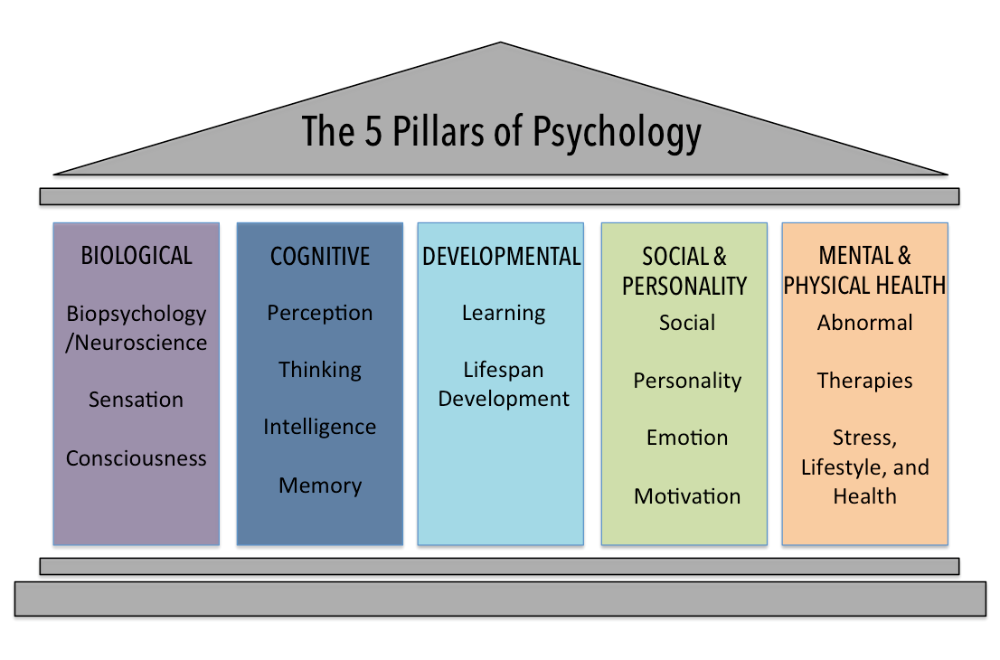 One simple example: if you tell your friends that you are going to see a psychologist, what is the most likely response you will hear? "Is something wrong with you?" And what are the chances of hearing something like: “Great! Are you serious about self-improvement?" nine0003
One simple example: if you tell your friends that you are going to see a psychologist, what is the most likely response you will hear? "Is something wrong with you?" And what are the chances of hearing something like: “Great! Are you serious about self-improvement?" nine0003
Many psychologists admit that we know little about what makes life worth living, and how ordinary people thrive in ordinary rather than extreme conditions. In fact, we often have no more to say about the good life than the numerous self-help gurus. But shouldn't we know better than they? The Western world has long "outgrown" those reasons that underlie the exclusively medical model of psychology. Maybe now is the time to change the balance of power and direct the resources of psychology towards learning about the normal and successful life of normal people, and not just about the lives of those who need help. nine0003
References:
- Linde N. D. Fundamentals of modern psychotherapy.
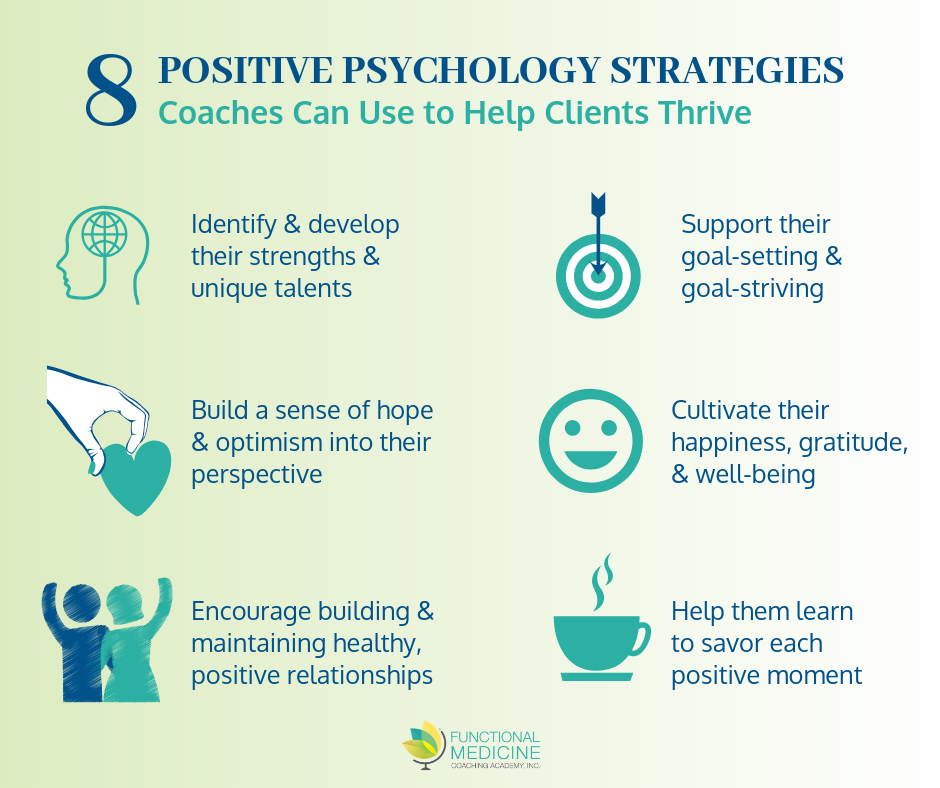
Learn more














